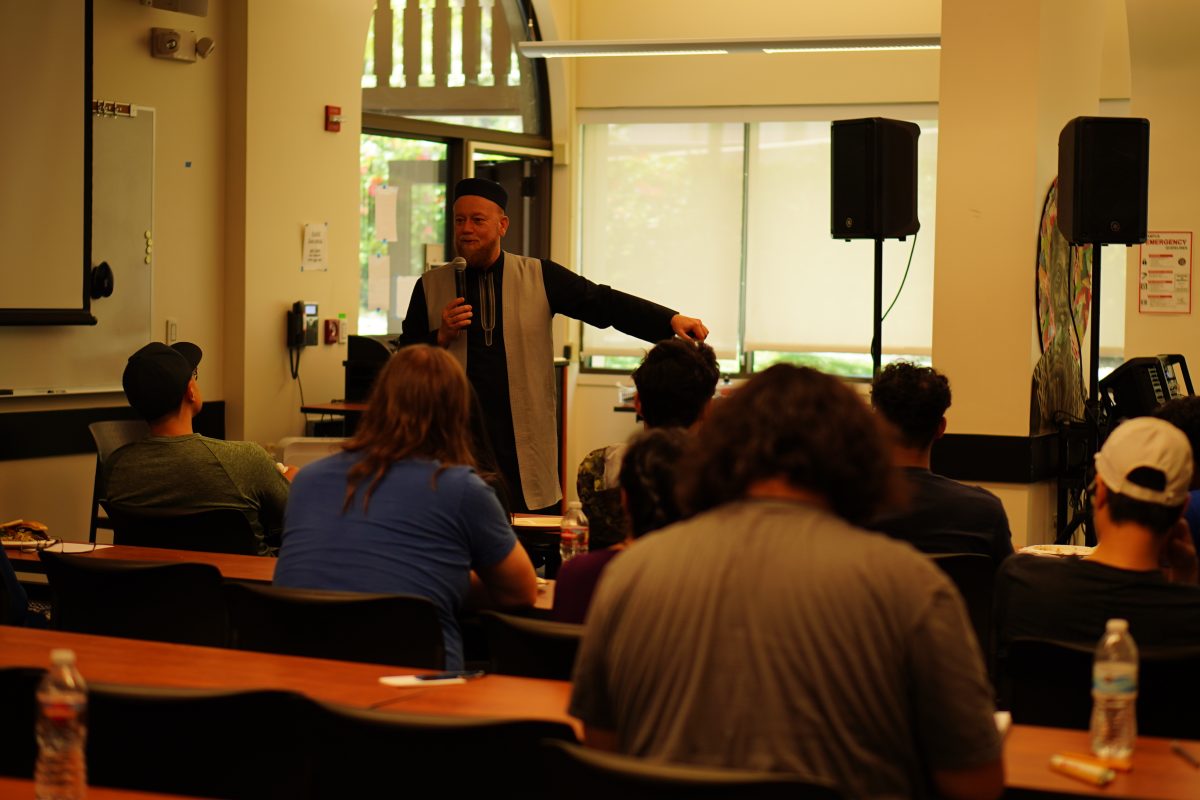Creativity is said to be declining in young Americans after a year-on-year analysis of The Torrance Test of Creative Thinking, but has this decline been observed beyond the results of this study?
The Torrance Test was made to determine creativity in children and has been widely used in the United States since the 1960s. Kyung-Hee Kim, a researcher at the University of William and Mary, reviewed 300,000 of these tests taken from 1968 to 2008 and found a consistent decline in creativity started in 1990.
University of Nevada journalism professor Michael Easter, the author of ’The Comfort Crisis,” a book touching on this topic, wrote that creativity was a greater predictor for personal outcome than IQ tests in an article he posted to his Medium page.
Richard Florida, a professor at the University of Toronto with a PhD in philosophy, said the implications of a population declining in creativity can affect the United States’s ability to effectively innovate and sustain its position as the economic powerhouse of the Western world, in an article for Harvard Business Review.
Beyond the Torrance test and anecdotes of the United States’s creative decay, what have De Anza College’s professors observed and does it fit the trend?
De Anza photography professor Lisa Teng said the COVID-19 pandemic made it harder to judge her students’ creativity and cut back their creative opportunities.
“The pandemic affected students’ (creativity) because a lot of classes were only offered online which made teaching challenging,” Teng said. “I can give feedback in written form or record my critique for students’ work, but the comments given on each other’s work is not quite the same as the ones given when they’re in-person.”
English professor Lauren Gordon, who has been teaching at De Anza for 14 years, noticed similar issues in her classroom post-COVID.
“Comparing 2023 to 2019, I see a huge change,” Gordon said. “Students have trouble being able to access their creativity and feeling comfortable in their writing.”
Javier Galindo, a philosophy and humanities professor at De Anza who has been teaching since 1995, said access to technology has increased creativity among his students.

“I see a lot of older people often criticize the youth for ‘not being as creative’ as they were,” Galindo said. “But what (older) people don’t often appreciate is how many more avenues students have now for creativity. Things like posting on YouTube and writing on social media are avenues for people to express themselves creatively.”
Galindo also said that the Torrance test was ineffective in determining creativity.
“Tests like these work against the essence of creativity,” Galindo said. “It is putting what creativity is into a box.”
A source of Easter’s “Creativity Crisis” is overstimulation. Easy access to entertainment and digital media means younger generations are entertained, which he says inhibits creativity.
“Traditionally, when we become bored we would go inward and mind wander,” Easter said to recap his interview on the Joe Rogan Experience. “Mind-wandering is a rest state that restores and rebuilds the resources needed to work better and more efficiently.”
Gordon spoke about how the prevalence of technology in the classroom made it more difficult to collaborate with others.
“Being around tech makes it hard to engage. If they feel more comfortable and collaborate with each other it will build motivation (for creative thinking),” Gordon said. “Finding out what questions they have, what they’re intrigued and frustrated by; that’s where deep thinking comes from.”
Gordon also said how school itself affects the creativity of students.
“There is a TED talk called ‘Do schools kill creativity?’. Sitting in rows, the teacher standing up, you’re sitting down, telling you, ‘Do this, don’t do this like this,’” Gordon said. “When students get to college, a lot of times they hate writing; they don’t think it’s art or creative.”

















